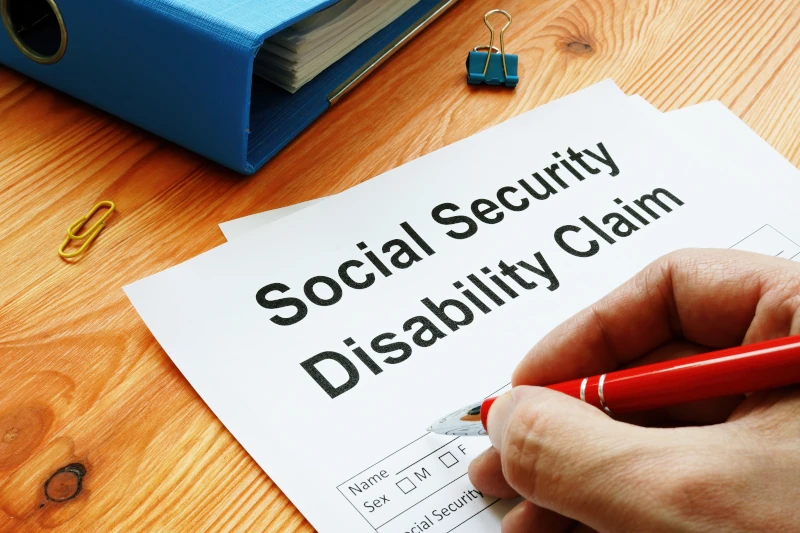
As many amputees are painfully aware, you can’t receive federal benefits such as Supplemental Security Income (SSI), Social Security Disability Insurance (SSDI), or Medicaid unless your income and assets fall below a certain threshold. In theory, these asset limits ensure that government assistance gets funneled to households with the most urgent needs. In practice, however, they deter low-income Americans—including people with disabilities—from earning their way to self-sufficiency.
That’s the top-line conclusion of the 2023 annual report from the National Council on Disability (NCD). Titled Toward Economic Security: The Impact of Asset Limits on People with Disabilities, the document argues that these policies discourage people from returning to work, lest they go over the so-called benefits cliff.
The benefits cliff is the point at which a person’s income barely surpasses eligibility thresholds. They lose federal assistance, replace it with wages that are too low to support their needs, and plunge into financial distress. The cliff is especially steep for people with disabilities, whose cost of living is inflated by the high expense of healthcare, assistive technology, and other factors. As a result, many recipients are more financially stable if they remain unemployed (or underemployed) than if they start drawing a paycheck. Instead of creating a pathway to independence, these policies hinder people with disabilities from escaping the low-income trap.
“Despite progress toward supporting the economic independence of people with disabilities, securing their financial futures requires significant and immediate federal attention,” the NCD report concludes. The good news is that asset limits aren’t an inflexible component of benefits programs. They can be eliminated or modified in ways that reward people for finding employment, rather than penalizing them.
Toward Economic Security goes on to recommend 30 specific policy reforms that would make easier for people with disabilities to earn more income, build wealth, and make progress toward self-sufficiency. These reforms won’t enact themselves, of course. But as the grassroots So Every Body Can Move campaign has shown, advocacy campaigns can succeed with strong organizing, consistent messaging, and persistence.
Below, we’ve listed 12 of the NCD recommendations that we think hold the most promise for amputees. To read Toward Economic Security in full, log on at ncd.gov.
- Eliminate asset limits for SSI, or index them to inflation rates, so people with disabilities can increase earnings without losing benefits
- Remove asset limits, age limits, and marriage penalties for Medicaid and Medicaid Buy-In programs.
- Establish a national center to help states conduct outreach to potential SSDI and SSI beneficiaries and provide benefits counseling.
- Establish permanent, continuous enrollment in Medicaid for individuals who are medically determined to have a lifelong disability or who qualify for SSI benefits.
- Improve the collection, analysis, and interpretation of data about the economic standing of people with disabilities.
- Increase funding levels for Medicaid home- and community-based services.
- Conduct research to develop practices for transitioning youth with disabilities into careers.
- Require a proportion of registered apprenticeship positions to be filled by people with disabilities.
- Revise work definitions to account for the additional costs of living with a disability, and expand benefits offsets to support transition to the workforce and prevent abrupt loss of benefits and sharp reductions in income.
- Increase awareness of and enrollment in ABLE programs.
- Modify ABLE asset caps and contribution limits to enable higher levels of savings and higher employer-match contributions.
- Conduct research on guaranteed basic income (GBI) pilot programs, and fund additional GBI pilot programs targeted at people with disabilities.




